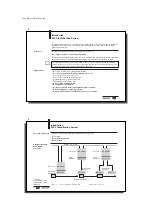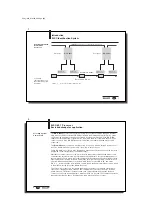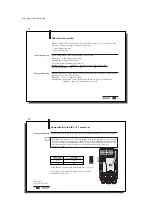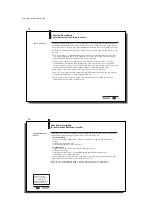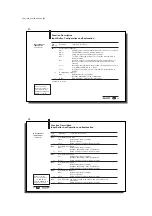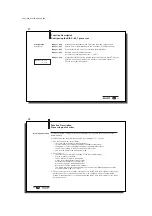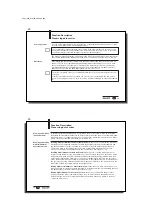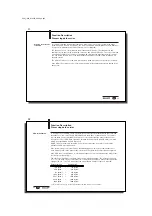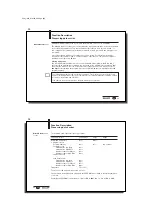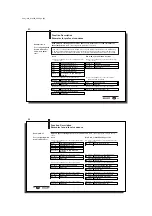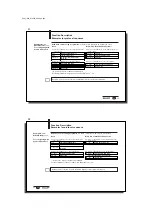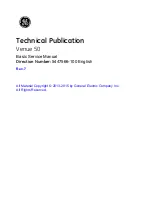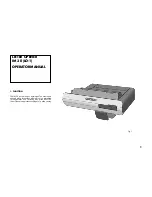
29
deutsch
29
E
Function Description
Processing data carrier
Codetag Present
As soon as the data carrier enters the active one of the read/write head, the processor indi-
cates this by setting the CP bit (Codetag present).
To accelerate the reading of small amounts of data, the ID system makes the first bytes of the
data carrier available in the input buffer of the respective read/write head as soon as the carrier
is detected (6 bytes for double bit header, 7 bites for single bit header).
The data are only valid after the rising edge of the CP bit in the bit header of the input buffer.
They remain valid until the falling edge of the CP bit, or until the controller issues a new job.
If the Auto-Read function is activated, data are automatically read (6 bytes for a double bit
header / 7 bytes for a single bit header) beginning with a start address as soon as a data
carrier is recognized. The read process begins at the start address that was specified by
command identifier 07
Hex
. Each head can have its own start address assigned. The start
addresses are stored in the EEPROM of the BIS C-60_1 processor.
To obtain correct data output, use command identifier 07
Hex
for each partial buffer Head 1 and/
or Head 2.
If the Auto-Read function is not activated, the processor runs in standard mode and sends 6
bytes for a double bit header or 7 bytes for a single bit header starting with data carrier address
0.
☞
☞
Auto-Read
C60_1-023_819395_0508_en.p65
30
30
E
Function Description
Processing data carrier
Reading and writing
in dynamic mode
In normal operation a read/write job is rejected by the processor BIS C-60_1 by setting the
AF bit and an error number if there is no data carrier in the active zone of the read/write head.
If dynamic mode is configured, the processor accepts the read/write job and stores it. When
a data carrier is recognized, the stored job is carried out.
Reading without simultaneous data transmission:
In the case of a read job the processor
first reads our all requested data from the data carrier after receiving the start address and
the desired number of bytes, and then sets the AE bit. Then the data read from the data
carrier are written to the input buffer. In the case of larger data amounts this is done in
blocks, controlled by the handshake with the toggle bits as described on 28.
Reading with simultaneous data transmission:
In the case of a read job the processor
begins to send the data to the input buffer as soon as the first 6 bytes (or 7 bytes for a single
bit header) have been read from the data carrier beginning with the start address, and indi-
cates this by inverting the TO bit. As soon as the controller inverts the TI bit, the processor
sends the data that have been read in the meantime to the input buffer. This is repeated until
the processor has read all the desired data from the data carrier. Now the processor sets the
AE bit and outputs the remaining data to the input buffer.
Writing without simultaneous data transmission:
In the case of a write job the processor
waits until it has received all the data that need to be written from the controller. Only then are
the data written to the data carrier as described on 28.
Writing with simultaneous data transmission:
In the case of a write job the processor
begins to write the data to the data carrier as soon as it has received the first data to be
written from the controller’s output buffer. Once all the data have been written to the data
carrier, the AE bit is set.
Reading and writing
with simultaneous
data transmission



